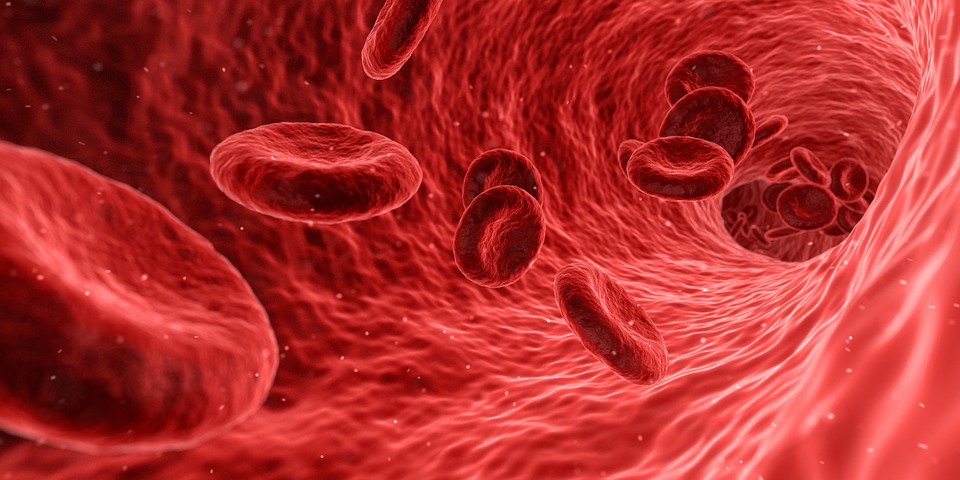In antiphospholipid syndrome (APS), the immune system produces abnormal antibodies that make the blood ‘stickier’ than normal.
This means people with APS are more likely to develop blood clots in their veins and arteries, which can cause serious or life-threatening health problems such as:
a stroke or a transient ischaemic attack (TIA) or ‘mini-stroke’
pulmonary embolism – a blockage in one of the blood vessels in the lungs
People with APS may also experience any of the following symptoms:
balance and mobility problems
vision problems, such as double vision
speech and memory problems
a tingling sensation or pins and needles in your arms or legs
fatigue (extreme tiredness)
repeated headaches or migraines
Pregnancy problems
Women with APS have a much higher risk of developing complications during pregnancy, particularly if it’s not treated. Possible complications include:
recurrent (three or more) early miscarriages, usually during the first 10 weeks of pregnancy
one or more later miscarriages, usually after week 10 of pregnancy
premature birth, usually at or before week 34 of pregnancy, which may be caused by pre-eclampsia (where a woman develops high blood pressure during pregnancy)
Livedo reticularis
Livedo reticularis is a skin condition caused by small blood clots that develop inside the blood vessels of the skin.
It causes the skin to take on a blotchy red or blue appearance. Some people also develop ulcers (sores) and nodules (bumps). These symptoms are often more severe in cold weather.
Superficial thrombophlebitis
Superficial thrombophlebitis is inflammation of the veins just under your skin, usually in your leg. The symptoms are similar to DVT but they’re not usually as severe.
The symptoms of superficial thrombophlebitis include:
swelling
redness and tenderness along the affected vein
a high temperature of 38C (100.4F) or above (although this is less common)
The symptoms usually resolve within two to six weeks.
